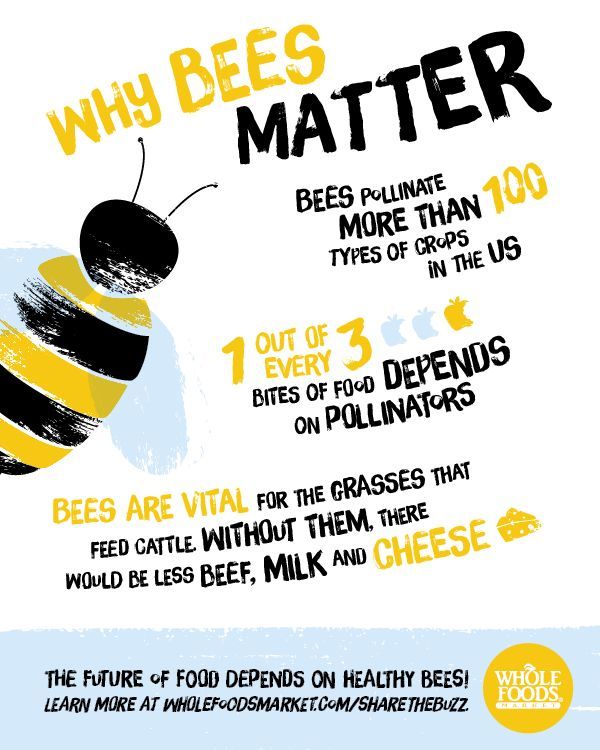To revive a tired bee you can simply mix two tablespoons of tap water with a tablespoon of granulated white sugar, place the solution close to the bee using a teaspoon and allow it to drink. Never feed a bee honey and don’t try to force the bee to drink.
With the loss of large swathes of natural habitat, bees can find it hard to find pollen and nectar-rich plants in urban settings.
Some bees will leave the hive or nest in search of food, during these trips bees feed on nectar to give them the energy they need to collect pollen.
With that in mind sometimes our little furry friends need a helping hand, so let’s take a look at how you revive a bee with a simple sugar and water solution.
It’s important to remember that sugar water should only be used in emergencies to help a bee return to the hive or nest.
Tap water and granulated sugar have no nutritional benefit for bees, unlike nectar and pollen which provide a range of nutrients that are key to a bee’s growth and development.
The quickest way to give a tired, drowsy bee the energy boost it needs is by creating a simple mix of sugar and water to create a form of syrup.
Find a suitable container to create your mixture and remember you won’t need very much liquid for a single bee so a small container will be ample.
Mix two tablespoons of tap water with one tablespoon of granulated white sugar until mainly dissolved.
Deposit the solution/syrup on your spoon and place it in close proximity to the tired bee.
It’s really important you don’t force your bee to drink, if it requires an energy boost it will be capable of reaching your liquid of its own accord.
Bees are equipped with a long proboscis capable of extending to suck up any nearby sugar water.
Some sources seem to recommend adding twice the amount of sugar to water but this is not necessary and will not dissolve properly.
*It can be quite hard to dissolve all the sugar in the water so don’t worry if some granules still remain after mixing.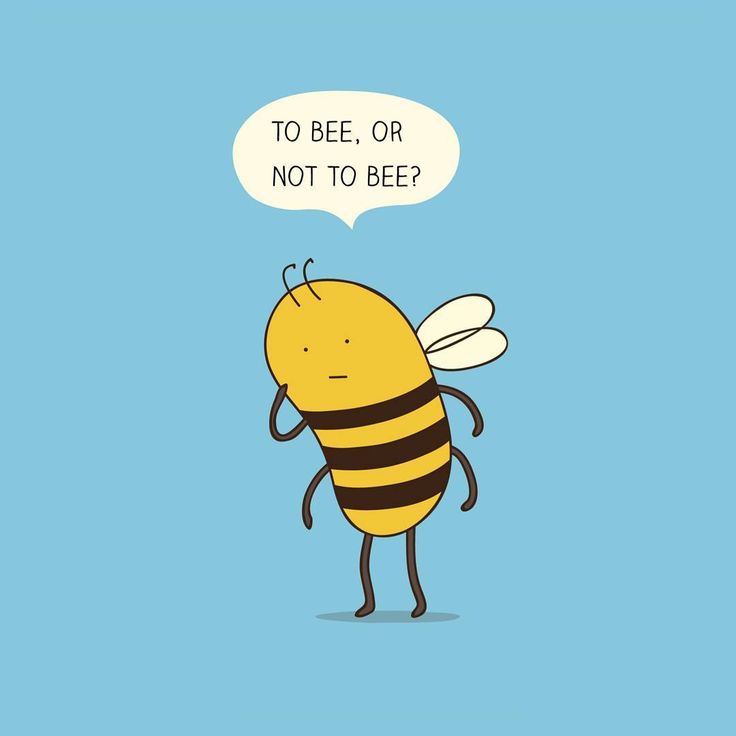
A bee revival kit enables you to revive a bee wherever you go.
The small capsule sits neatly on your keys and includes a special syrup specifically designed for bee nutrition.
You can simply unscrew the vial contained within your bee revival kit and place it close to your tired bee in exactly the same way you would with a sugar and water mix.
No, you should never attempt to feed a bee honey.
Large amounts of the honey we consume are imported from other countries and produced by the bees in those countries.
While this isn’t a problem for humans, ingesting honey not local to a bee’s nest or hive can transfer deadly diseases and infections that could lead to colony collapse disorder.
American Foul Brood disease often referred to as (AFD) is spread by the spores within honey, a single bee exposed to these spores can return and infect the entire colony.
Knowing when a bee needs help or is simply resting is critical, trying to feed a resting bee sugar water will simply distress it.
Bumblebee queens have been observed to rest for between 30 and 45 minutes before taking flight.
Think of yourself as a bee guardian, you are simply there to help in an emergency rather than on a daily basis.
The most obvious indicator that your bee needs your help is a lack of suitable flowers.
Large urban areas are normally the most common locations to find bees in need of a little energy boost.
Gathering resources is exhausting for bees and believe it or not the larger bumblebees are only 43 minutes away from starvation at any time due to the massive amount of calories burned to keep them buzzing in the air.
Unfortunately saving a dying bee is impossible, once a bee has reached the end of its lifespan there isn’t anything you can do to help.
Western honeybees only live for between 30-60 days and bumblebees even less at approximately 28 days.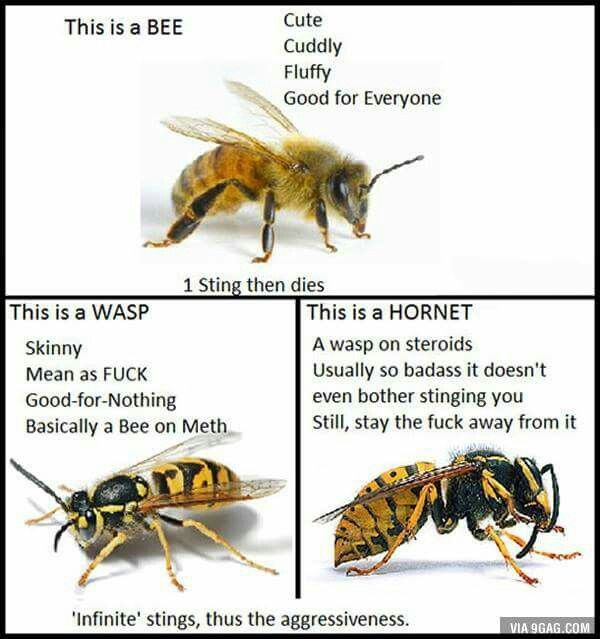
Due to their relatively short life cycles, the chances of finding a bee in the end stages of life are very high.
It can be quite hard to identify if a bee is dying or simply tired.
Dying bees often show characteristics associated with sleepiness, clinging to flower and plant stems and acting in a lethargic manner.
Any bees that show little to no movement in close proximity to their nest or hive are more than likely coming to the end of their lifecycle and are best left alone.
Guard bees tasked with protecting the other inhabitants will often eject unhealthy bees from the nest to avoid any repercussions to the colony as a whole.
Reviving a bee with a potential disease or infection could actually be detrimental so as a rule, you should never help bees close to their nest or hive.
If you find a bee in an environment rich in nectar but it still appears docile this is likely due to old age and the best thing you can do is simply leave it be.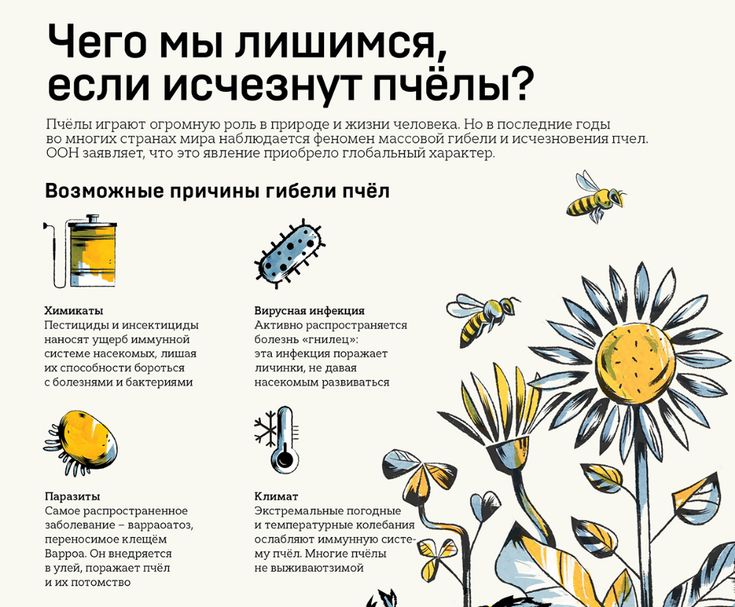
Bees are responsible for pollinating 70% of our wild plants and approximately 80% of pollination worldwide.
Throughout the United Kingdom, there are 25 species of bumblebee, 260 species of solitary bee, and 1 honey bee species, all vital to pollinating our plants and food crops.
Some of the food crops bees pollinate include:
This is just a small range of the fruits, vegetables and nuts that are pollinated by bees.
This also extends to a range of crops produced for animal feed which if unavailable would severely affect the meat and dairy industries.
As cities expand and take up more green space we are slowly reducing the number of resources available to bees.
Plants rich in pollen and nectar are being replaced as we sacrifice green space for further urban development.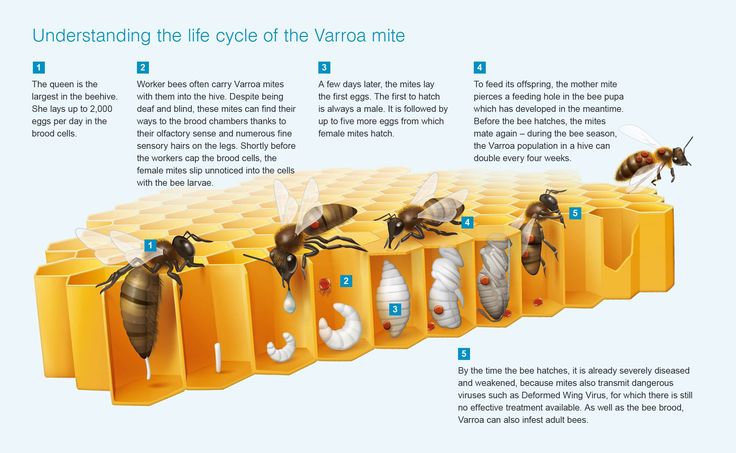
Pollution, habitat loss and the implementation of neonicotinoid pesticides have all led to a decline in bee populations critical to our survival as a whole.
The best way to help bees as a whole has been and always will be to plant more flowers rich in nectar and pollen, particularly in urban areas.
This can take the form of creating a wildflower area in your garden, planting more bee-friendly flowers or even helping a local organisation develop wildlife areas around your local community.
You can check out the RHS Plants for Pollinators guide to learn more about the best plant species for bees and pollinators.
We’ve created a list of some of the most frequently asked questions about how to revive a bee.
No, sugar water is only for emergencies and you should never leave a sugar-water solution/syrup out for bees.
Bees will opt to gather the easily accessible liquid instead of the nectar and pollen required for their continued survival.
This will vary from bee to bee but 5-10 minutes will normally be enough time for your bee to gather energy from your sugar water.
You can revive a tired bumblebee exactly as detailed in this guide, just remember bumblebees are a much larger species and may need more syrup to replenish their energy.
Saving a wet drowning bee is a bit different than saving a tired bee, check out our guide on how to save a drowning bee to learn more.
Sugar water is great for helping tired bees in an emergency.
If too many bees in a colony consume sugar water you can run the risk of the sugar granulating back at the hive or nest which can cause problems for the other inhabitants.
In the city, tired bees are a common sighting. This is because there are fewer flower stops on the way back to the hive.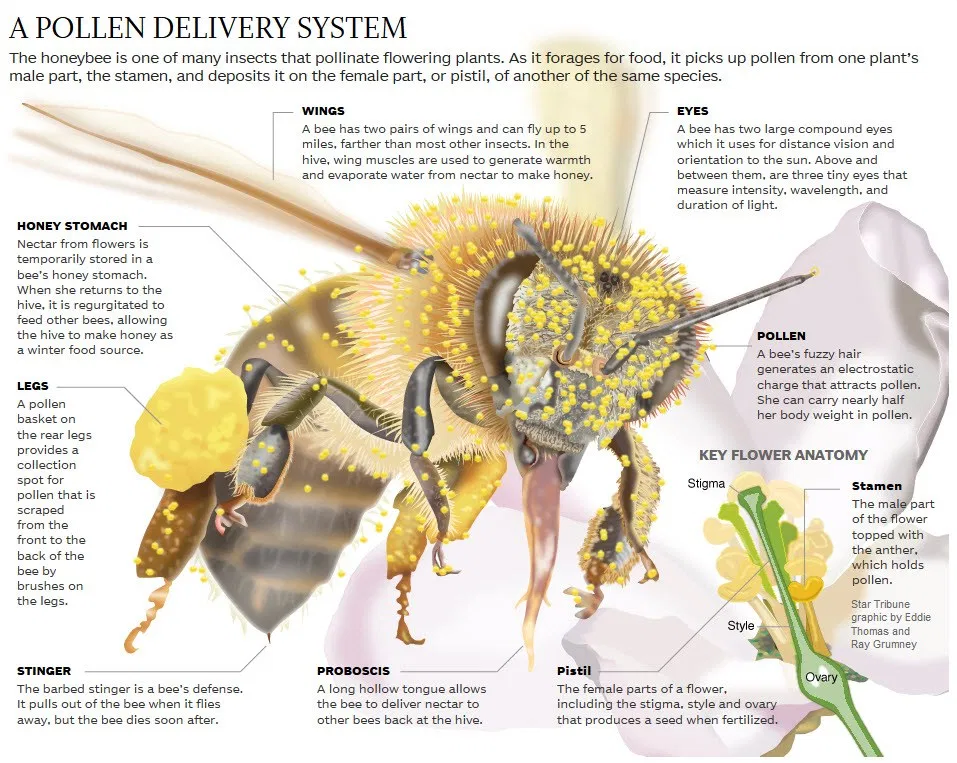 You will find bees on the sides of paths or parks as they don’t have the energy to complete their foraging mission.
You will find bees on the sides of paths or parks as they don’t have the energy to complete their foraging mission.
Why is this Important?
Animals and insects are required for pollinating 80% of our flowering plants. All of our crops and vegetables such as broccoli, strawberries, tomatoes etc… would disappear, which would have disastrous effects on our ability to get food and rear livestock. It would cost £1.8 billion/per year to try and do the bees’ work of pollinating ourselves. Not to mention the habitat loss for the wildlife in a world without enough bees.
So, bees are vital to our environment and food sources. We need to look after them.
However, a simple search online will bring up a lot of conflicting information about how to revive a tired bee. Some people say that sugar water is the best way, while others ban this method. Feeding honey is also suggested, which can actually do more harm than good to the bees.
So how do we help our fuzzy friends and get them back on their merry way?
Let’s fly in and see how to rescue an exhausted bee by first explaining the two no-no’s:
When you think of bees, you think of honey.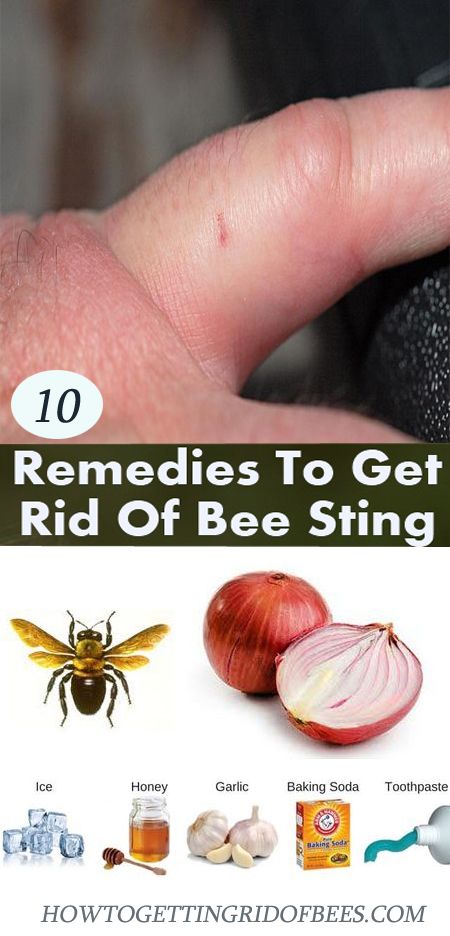 Those busy little workers creating honey for your Cheerios, but you should not give honey to a tired bee. In Australia, it is actually illegal to leave honey out for bees.
Those busy little workers creating honey for your Cheerios, but you should not give honey to a tired bee. In Australia, it is actually illegal to leave honey out for bees.
American Foul Brood disease (AFD) is a disease that affects the bee larvae. The bacteria spores of it can be found in honey and, although it’s safe for humans, it’s fatal for bees. It is extremely contagious and after feeding a bee some honey, it will go back and infect the whole hive.
24/7 Access to Sugar Water is Not A-Okay
Is sugar water bad for bees? Many of the reasons for the conflicting information on this is due to a viral fake news post, which was wrongly attributed to David Attenborough and taken down. The post spread awareness of our bee decline, but it (incorrectly) suggested leaving a sugar solution out for them. Instead of giving one tired bee support, bees were being encouraged to these solutions in gardens and on window ledges. This is terrible for the hive because, unlike nutritious pollen and nectar, this solution will not feed the bee larvae properly and can also cultivate bacteria over time.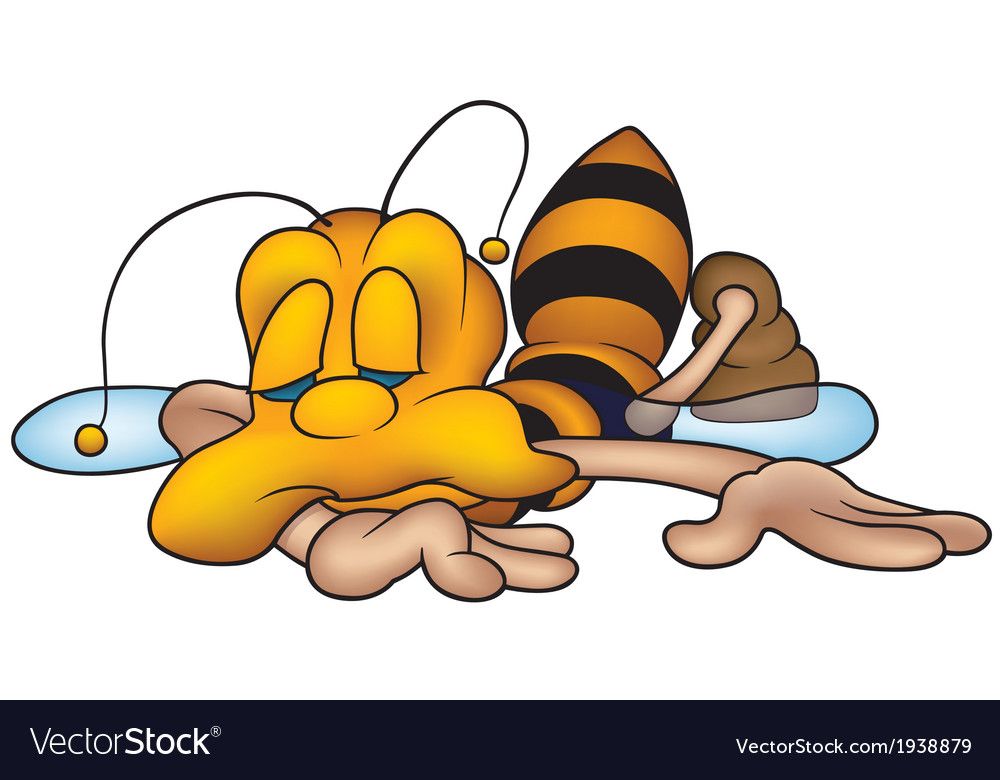 Putting these out for bees will teach them to go there and leave the flowers unpollinated as the RSPB also warns. In the long-term, it could even end up getting an unsuspecting beekeeper prosecuted as his ‘honey’ turns out to be only sugar syrup.
Putting these out for bees will teach them to go there and leave the flowers unpollinated as the RSPB also warns. In the long-term, it could even end up getting an unsuspecting beekeeper prosecuted as his ‘honey’ turns out to be only sugar syrup.
But, many of the headlines stating that sugar water is bad are only using clickbait methods and eventually conclude that it’s helpful to feed a one-off bee.
The 5 Simple Steps to Revive a Bee:
1 ) Check the Symptoms
Is the bee wet? If so, you can place her in the sun to warm up. An exhausted bee, however, will appear lethargic and will probably be far away from any flowers. It is important to note that she could be only resting or actually dying. Bees don’t live very long, and if she looks old or is clinging to a flower, sadly these steps won’t resurrect her.
2 ) Stay Protected
Make sure you are protected from the bee’s stinger by using your sleeve, a nearby leaf, or a container when you pick her up. Remember to be gentle.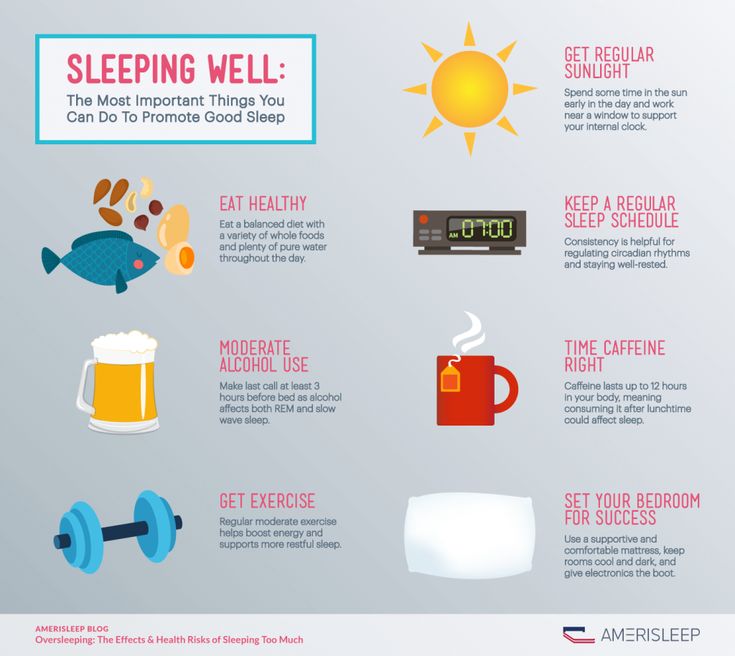 There’s nothing scarier than a big human carrying you off.
There’s nothing scarier than a big human carrying you off.
3 ) Find a Flower
Try and find a flower nearby. If it’s possible, make it a high nectar and pollen one such as buddleia, sunflowers or knapweeds. This is the high-nutrient food that she has been looking for.
4 ) Wait
You do need to have a little patience. The average bee resting time is about 30 minutes. Give it time and if she doesn’t take it, she either can’t or doesn’t want it.
5 ) Offer a Sugar Solution
If the flower method fails, sugar water is needed. The RSPB suggests getting a small container or spoon and offering two tablespoons of granulated white sugar to one tablespoon of water. If you have your Bee Revival Keyring, this is an easy step for your spontaneous encounter with a tired bee. Remember that if she doesn’t take it, don’t force it on her as she will be a sticky mess and worse off than when you found her!
Some Final Thoughts
So, sugar solutions are a great way to save a tired bee, but only as a last resort as supported by both the RSPB and Buglife, one of the UK’s leading insect charities. Think of it as a short-term hit of energy for her (like junk food or a protein shake for us!)
Think of it as a short-term hit of energy for her (like junk food or a protein shake for us!)
Like most things, prevention is better than a cure. So how do you support the bees in the first place without having to do emergency Bee-PR?
Well, planting high nectar and pollen plants will encourage bees into your garden and provide them with food supplies. Our Seed Balls are a convenient way to plant wildflowers or pop down to your local gardening centre to pick out your own bee-friendly plants. Bee and insect hotels are also an effective way to look after the bees as they provide shelter and breeding nests for solitary bees. These kinds of bees like to burrow in warm patches of soil or even among stones.
Why not make it a day of creating a perfect bee garden?
We hope this helps you save a bee! If you have any questions please reach out as we’d love to hear from you.
Always be ready to save a tired bee with our Bee Revival Keyring! It provides an emergency solution to REVIVE an exhausted bee so it can continue its mission pollinating planet Earth.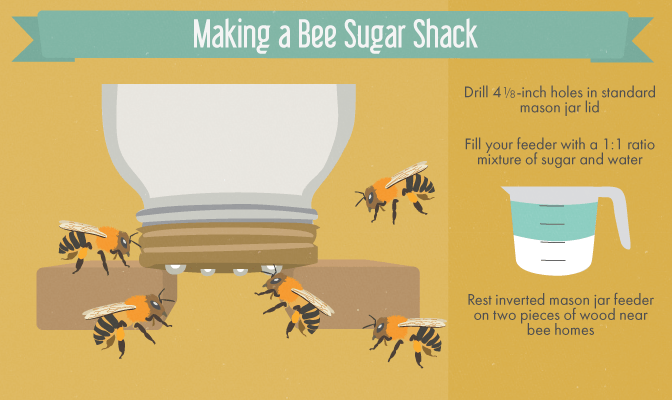
SKU BAMBOOKIT
£17.99
Buy Now
SKU Gold
£10.99
Buy Now
SKU Black
£10.99
Buy Now
SKU 00010
£22.00
Buy Now
SKU ROSE GOLD
£10.99
Buy Now
SKU GREY
£10.99
Buy Now
image copyright, SPL
Ellie Lobel prepared to die. But then the bees stung her, and everything changed. Correspondent BBC Future found out how bee venom can save a person.
But then the bees stung her, and everything changed. Correspondent BBC Future found out how bee venom can save a person.
Ellie Lobel, 27, was bitten by a tick and contracted Lyme disease. Years later, the woman, tired of fighting the terrible consequences of her illness, decided to give up.
Lyme disease is caused by the bacteria Borrelia burgdorferi , which enter the body through tick bites. About 300,000 new cases of infection are registered in the United States every year. Virtually none of the sick people die, and most of them recover, provided timely medical care is provided. Antibiotic treatment kills bacteria before they can attack the heart, joints, and nervous system.
But in the spring of 1996, Ellie did not suspect that she needed to pay attention to the characteristic reaction in the form of a rash - the woman thought she had been bitten by a spider. After that, for three months she suffered from flu-like symptoms and terrible pains that migrated to different parts of the body.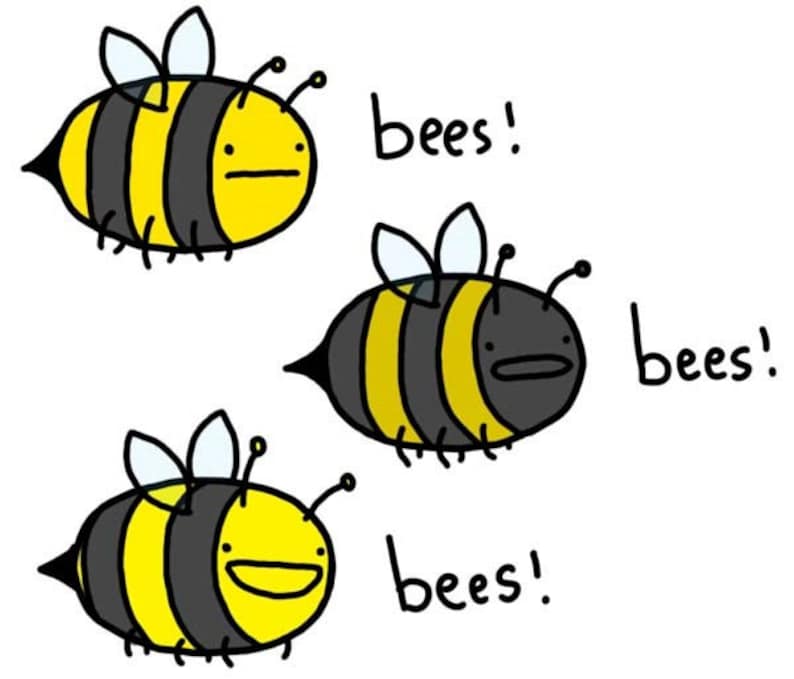 Ellie - a healthy, active mother of three - did not know how to recover from this strange disease. She became disabled. “I could barely lift my head off the pillow on my own,” the woman recalls.
Ellie - a healthy, active mother of three - did not know how to recover from this strange disease. She became disabled. “I could barely lift my head off the pillow on my own,” the woman recalls.
(Similar articles in the "Journal" section)
The first doctor she went to diagnosed a viral illness and reassured her that it would go away on its own. The second doctor said the same. As time went on, Ellie went to the doctors, and each time she was given a new diagnosis - multiple sclerosis, lupus, rheumatoid arthritis, fibromyalgia. No one guessed that the woman's body was affected by bacteria Borrelia . They were able to make a correct diagnosis only more than a year after infection, but by that time it was already too late.
"I went through a variety of treatments one after the other," Elli says. Her condition steadily worsened. She could not get out of bed herself, was forced to use a wheelchair, noticed a loss of short-term memory and a decrease in intelligence: “Sometimes I got better for a short time, but then I again plunged into this nightmare - and each time the relapses became more and more cruel. "
"
After 15 years of living like this, Ellie gave up. “Nothing helped me anymore, and no one could advise me anything,” she says. “I didn’t care if I lived to see my next birthday. I decided that I had had enough. I just wanted to end this torment.”
Ellie moved to California to die there. And almost died.
Less than a week after moving in, she was attacked by a swarm of Africanized bees, large and aggressive hybrid bees.
Ellie had only spent three days in California before this incident. “I wanted to get a last breath of fresh air, expose my face to the sun and hear the birds singing,” she says. “I knew that I would die bedridden in three to four months. My condition was quite depressive.”
By that time, Ellie could barely stand on her feet without assistance. She hired a male nurse to help her move slowly along the country roads near her new home in Wildomar, which was to be her final resting place.
Image copyright, Thinkstock
Image caption,Prior to this incident, Ellie was deathly afraid of bees
Skip the Podcast and continue reading.
Podcast
What was that?
We quickly, simply and clearly explain what happened, why it is important and what will happen next.
episodes
The End of the Story Podcast
Ellie stopped at the collapsed wall when the first bee appeared. The insect, according to her recollections, bit her right on the head. “And all of a sudden there was a whole swarm of bees,” she says.
Her companion ran away. But Ellie could neither run nor even walk on her own: "The bees got tangled in my hair, I heard nothing but their buzzing. And then I thought - now I'm going to die, right here."
Ellie is one of a relatively small group of people - according to various estimates, from 1% to 7% of the world's population - with a very strong allergy to bee venom.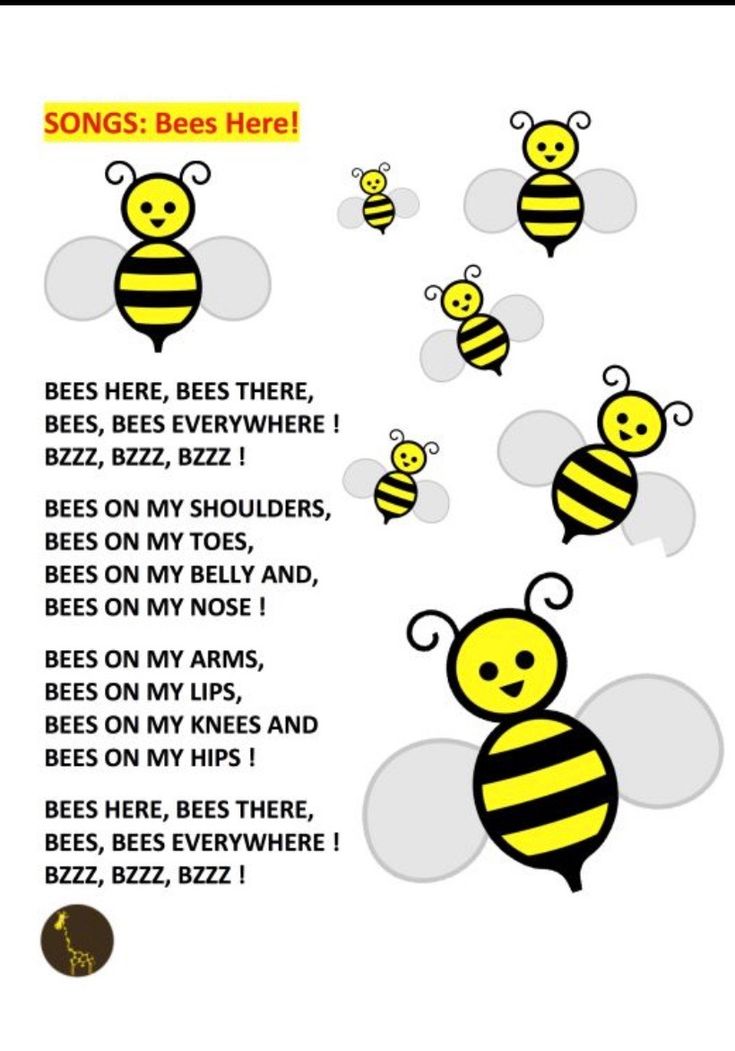 When she was two years old, she developed anaphylaxis from a bee sting, a severe reaction of the immune system that can manifest itself in swelling, nausea and narrowing of the airways. Then Ellie almost died - she had a respiratory arrest, and she had to be revived with a defibrillator. After that incident, Ellie's mother instilled in her a fear of bees so that she would never again find herself in such life-threatening situations.
When she was two years old, she developed anaphylaxis from a bee sting, a severe reaction of the immune system that can manifest itself in swelling, nausea and narrowing of the airways. Then Ellie almost died - she had a respiratory arrest, and she had to be revived with a defibrillator. After that incident, Ellie's mother instilled in her a fear of bees so that she would never again find herself in such life-threatening situations.
Bees, as well as some other species of Hymenoptera insects, such as ants and wasps, have a powerful weapon - a multi-component poison. Perhaps the most important of these components is a tiny 26-amino acid peptide known as melitin, which is what causes the burning sensation of a bee sting.
When the body is exposed to high temperatures, cells release inflammatory compounds that activate special channels in receptor neurons known as TRPV1 receptors. As a result, neurons send a signal to the brain that its owner is on fire.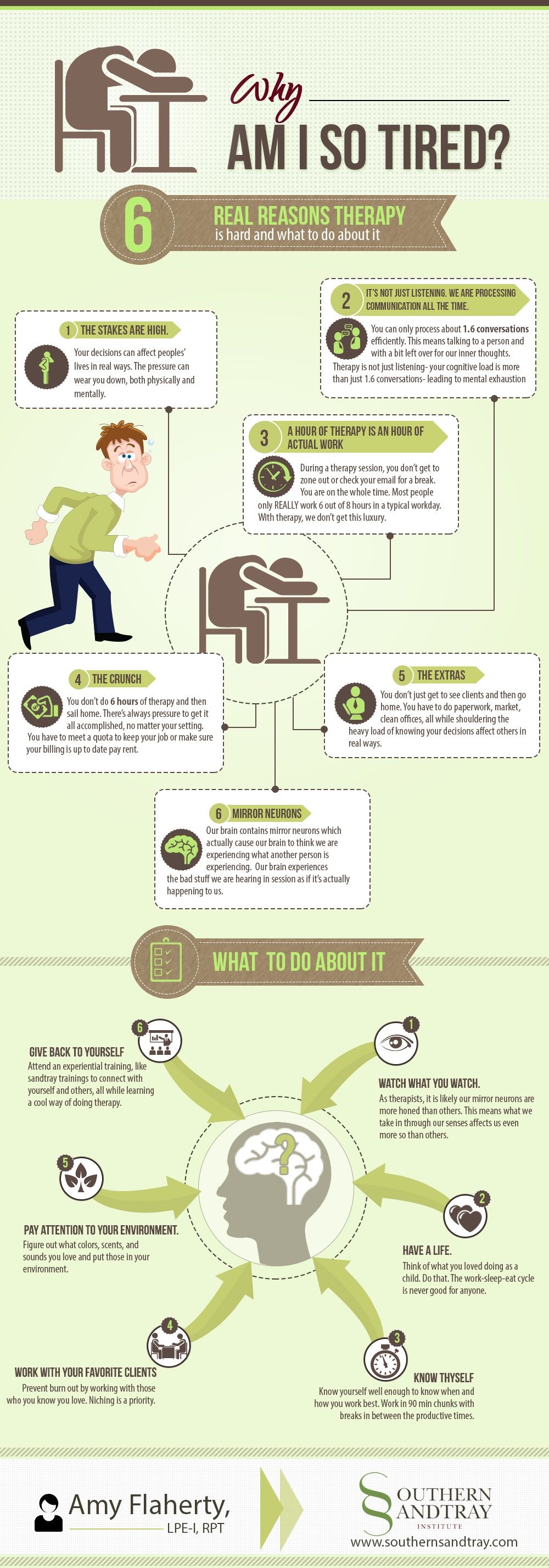 Melitin acts on other enzymes in the body that, acting in the same way as inflammatory compounds, also activate TRPV1 receptors.
Melitin acts on other enzymes in the body that, acting in the same way as inflammatory compounds, also activate TRPV1 receptors.
"I still managed to feel the first five or ten bites," recalls Ellie. "All I heard was their deafening buzz; I felt how they sting my head, face, neck."
She continues: "I went limp, raised my hands and covered my face with them, because I didn't want the bees to sting my eyes... And then the bees disappeared."
Image copyright, Thinkstock
Image caption,Ellie believes the bee venom saved her life
When the swarm finally left, Ellie's caretaker tried to take her to the hospital, but she refused. "It was God who finally decided to put me out of my misery," she told him. "I'll just accept his gift."
"I locked myself in my room and asked him to come the next morning to collect my body."
But Ellie didn't die, not that day, not four months later.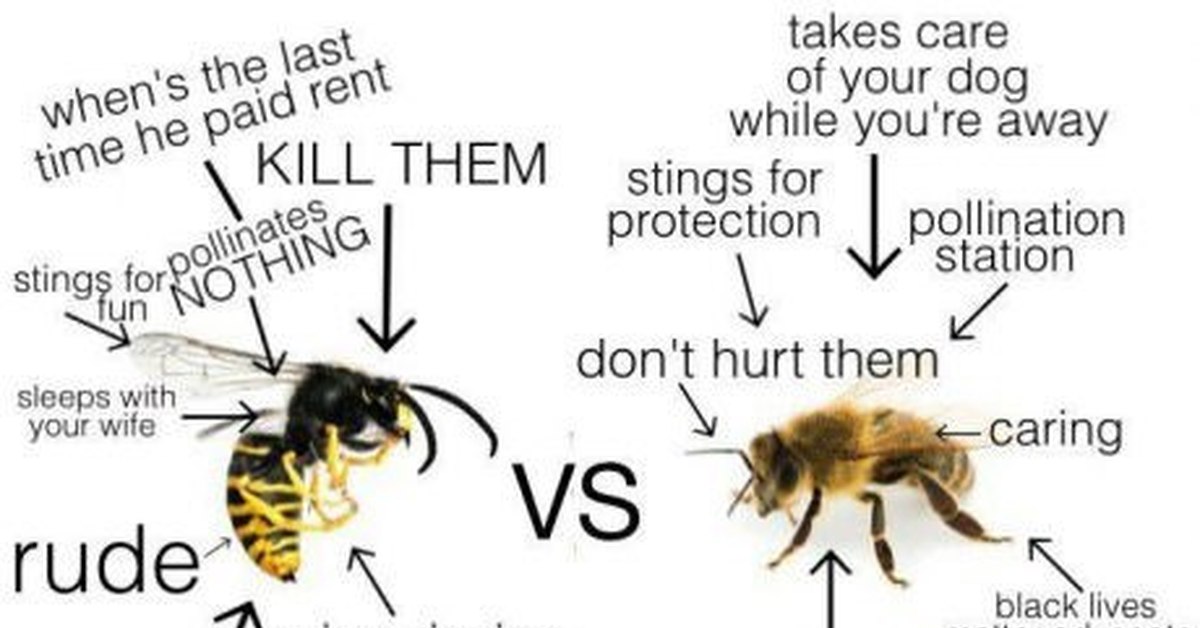
"I can't believe what happened three years ago, I can't believe my recovery," she says. "But all the tests confirm it, and I feel so healthy!"
Ellie is convinced that the bee venom saved her life.
It has long been known that toxins found in animal venoms that cause harm to humans can also be used for treatment. In Asia, bee venom has been used medicinally for centuries. In traditional Chinese medicine, scorpion venom is considered a powerful drug and is used to treat a wide range of ailments, from eczema to epilepsy. It is said that the Pontic king Mithridates VI, a powerful enemy of the Roman Empire (also known for having studied poisonous plants since childhood), avoided death from a serious wound on the battlefield by stopping the bleeding with the venom of a steppe viper.
"Over millions of years of evolution, insects, these tiny chemical engineers, have created an infinite number of molecules that act on different parts of our nervous system," says Ken Winkel, director of poison research at the University of Melbourne. systems using these powerful neurotoxins has been discussed for a long time, but so far we don't have enough knowledge to do it effectively and safely for the patient."
systems using these powerful neurotoxins has been discussed for a long time, but so far we don't have enough knowledge to do it effectively and safely for the patient."
image copyrightGetty
image caption,According to Ellie, it takes 10,000 bees to pass one gram of venom to collect one gram of venom. beginning of the 21st century, says researcher Glenn King of the University of Queensland in Brisbane, Australia. In 1997, while Ellie was rushing to the doctors, King was dissecting the venom of the deadly Australian funnel-web spider. Now he is one of the leaders in research on the pharmacological properties of animal poisons.
King's team was the first to break down spider venom into components using high performance liquid chromatography. "I was blown away by the results," says King. "Nobody before us had seriously paid attention to this pharmacological gold mine. We were able to decompose the poison into hundreds of individual peptides."
During the 20th century, there were periodic suggestions in the medical literature to use animal venoms in the treatment of various diseases. Tests have shown that such poisons help fight cancer, kill bacteria, and even serve as powerful painkillers - although many experiments were limited to experimental animals. At the time of this writing, only six drugs based on animal venoms have been approved for medical use by the US Food and Drug Administration (another drug, Baltrodibin, based on the venom of the spearhead snake, does not have such approval, but is sold outside the United States as a hemostatic agent during surgery).
Tests have shown that such poisons help fight cancer, kill bacteria, and even serve as powerful painkillers - although many experiments were limited to experimental animals. At the time of this writing, only six drugs based on animal venoms have been approved for medical use by the US Food and Drug Administration (another drug, Baltrodibin, based on the venom of the spearhead snake, does not have such approval, but is sold outside the United States as a hemostatic agent during surgery).
The more we learn about poisons that cause terrible harm to human health, the more we understand how useful they can be from a medical point of view - for example, as in the case of melitin in bee venom.
Melitin can do more than just cause pain. When dosed correctly, it punches holes in the protective membranes of cells, causing them to explode. In small doses, melitin binds to membranes, activating lipid-degrading enzymes. These enzymes mimic the inflammatory process caused by exposure to elevated temperatures. But at a higher concentration and under certain conditions, melitin molecules are grouped into rings. They create wide pores in cell membranes, weakening the cell's protective barrier and causing the entire cell to swell and burst like a balloon.
These enzymes mimic the inflammatory process caused by exposure to elevated temperatures. But at a higher concentration and under certain conditions, melitin molecules are grouped into rings. They create wide pores in cell membranes, weakening the cell's protective barrier and causing the entire cell to swell and burst like a balloon.
Photo copyright, Victoria Jenkins
Photo caption,Melitin easily copes with various bacteria and fungi
Thanks to this property, melitin acts as a powerful antimicrobial agent, easily coping with a variety of bacteria and fungi. However, scientists believe that the useful qualities of melitin are not limited to this. They hope it can help fight diseases like HIV, cancer, arthritis, and multiple sclerosis.
For example, researchers at the Washington University School of Medicine in St. Louis, Missouri, found that melitin can destroy the protective membrane of the human immunodeficiency virus without damaging the body's cells. At the same time, the virus has no chance to develop resistance to this threat. “Melitin destroys the inherent physical property of HIV,” lead author Joshua Hood told the press. “In theory, the virus will not be able to adapt to such a scenario. The protective shell is vital for it.” The drug being developed in Missouri was originally developed as a prophylactic vaginal gel, but scientists now hope that nanoparticles “charged” with melitin can in the future be injected into the bloodstream of patients, thus clearing the body of infection.
At the same time, the virus has no chance to develop resistance to this threat. “Melitin destroys the inherent physical property of HIV,” lead author Joshua Hood told the press. “In theory, the virus will not be able to adapt to such a scenario. The protective shell is vital for it.” The drug being developed in Missouri was originally developed as a prophylactic vaginal gel, but scientists now hope that nanoparticles “charged” with melitin can in the future be injected into the bloodstream of patients, thus clearing the body of infection.
But did bee venom really cure Ellie of Lyme disease? The woman agrees that her story does not sound entirely believable. "If someone suggested that I experience bee stings in order to recover, I would consider this person crazy," says Ellie. However, now she has no doubt that it was the poison that helped her heal.
After being bitten, Ellie looked at her watch for anaphylaxis symptoms, but they still did not appear. Instead, after three hours, excruciating pains began throughout the body. Even before the disease, Ellie received a natural science education. She believes that her pains were not caused by an allergic reaction to bee venom, but by an allergic process to toxins from dying bacteria, known as the Jarisch-Hexheimer reaction. A similar syndrome is observed in the treatment of severe syphilis. There is a version that certain types of bacteria, dying, release toxic substances, which, in turn, cause fever, rashes and other symptoms.
Instead, after three hours, excruciating pains began throughout the body. Even before the disease, Ellie received a natural science education. She believes that her pains were not caused by an allergic reaction to bee venom, but by an allergic process to toxins from dying bacteria, known as the Jarisch-Hexheimer reaction. A similar syndrome is observed in the treatment of severe syphilis. There is a version that certain types of bacteria, dying, release toxic substances, which, in turn, cause fever, rashes and other symptoms.
Ellie was in pain for three days. And then the pain disappeared.
"All these years I lived in a constant state of semi-coma due to brain inflammation caused by Lyme disease," she says. "But suddenly the fog in my head cleared. I realized that I could think clearly again - for the first time in many years."
Image copyright Thinkstock
Image captionEllie had been using live bee apitherapy for a while
Now that her mind was clear, Ellie wondered what had happened to her.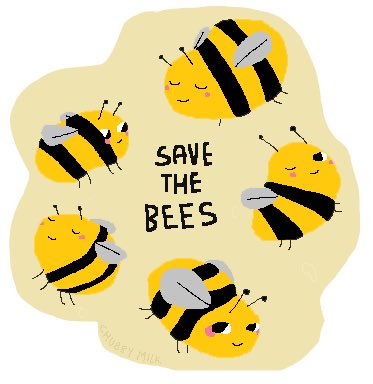 She did what anyone in her place would have done - she began to search for information on the network. To her dismay, the search turned up no significant results. However, she managed to find a reference to a small study conducted in 1997 by scientists at the Rocky Mountain Laboratories in Montana who found that melitin kills Borrelia bacteria. The researchers exposed cell cultures to pure melitin and concluded that the substance completely blocked the growth of Borrelia . After a more detailed study, they found that shortly after contact with melitin, the bacterium is actually paralyzed - it loses the ability to move, and at this time the peptide acts on its outer membrane. After some time, the membrane begins to disintegrate, and the bacterium dies.
She did what anyone in her place would have done - she began to search for information on the network. To her dismay, the search turned up no significant results. However, she managed to find a reference to a small study conducted in 1997 by scientists at the Rocky Mountain Laboratories in Montana who found that melitin kills Borrelia bacteria. The researchers exposed cell cultures to pure melitin and concluded that the substance completely blocked the growth of Borrelia . After a more detailed study, they found that shortly after contact with melitin, the bacterium is actually paralyzed - it loses the ability to move, and at this time the peptide acts on its outer membrane. After some time, the membrane begins to disintegrate, and the bacterium dies.
Inspired by her own experiences and the findings of researchers, Ellie decided to try apitherapy, a treatment that uses live bees and bee products. She was interested in living bees.
In her apartment, Ellie set up a special house for bees. She doesn't grow them herself - she orders a batch by mail once a week. Ellie takes the bee with tweezers and gently presses it to one or another part of the body. "Sometimes you have to lightly tap on their sting, but usually they sting willingly," she says.
She doesn't grow them herself - she orders a batch by mail once a week. Ellie takes the bee with tweezers and gently presses it to one or another part of the body. "Sometimes you have to lightly tap on their sting, but usually they sting willingly," she says.
Ellie started with 10 bee stings a day, three times a week on Mondays, Wednesdays and Fridays. Three years have passed, and after countless bites, Ellie appears to have made a full recovery. She is gradually reducing the number of stings and the frequency of the procedure - in the past eight months, she had the bees sting herself only three times (and once - in an attempt to reduce swelling caused by a fracture, and not due to symptoms caused by Lyme disease). Ellie still keeps bees at home just in case, but for the last year she has mostly gone without them.
Rare cases like Ellie's are a reminder of the powerful potential that animal poisons have. However, translating word of mouth healing legends into actual pharmaceuticals can be a very long and difficult process. "It takes up to 10 years between discovering the pharmacological properties of a substance and obtaining a patent for a drug based on it," says King. "And for every success, there are a dozen failures."
However, translating word of mouth healing legends into actual pharmaceuticals can be a very long and difficult process. "It takes up to 10 years between discovering the pharmacological properties of a substance and obtaining a patent for a drug based on it," says King. "And for every success, there are a dozen failures."
Since the 1997 study, no one has studied bee venom in depth as a possible cure for Lyme disease until Ellie did.
Photo copyright, Victoria Jenkins
Image caption,Bee venom is "worth more than gold"
She has partnered with a bee farm that collects bee venom using an electrified glass plate placed at the entrance to the hives - the bees walk over the plate on the way out of the hive and back, and electrical currents harmless to them stimulate the release of poison from the abdomen. Tiny droplets of poison settle on the glass, which are then collected. According to Ellie, to collect one gram of venom, it takes 10,000 bees to pass through the plate (according to other sources, such as the UN Food and Agriculture Organization, one gram of venom is contained in 1 million bee stings).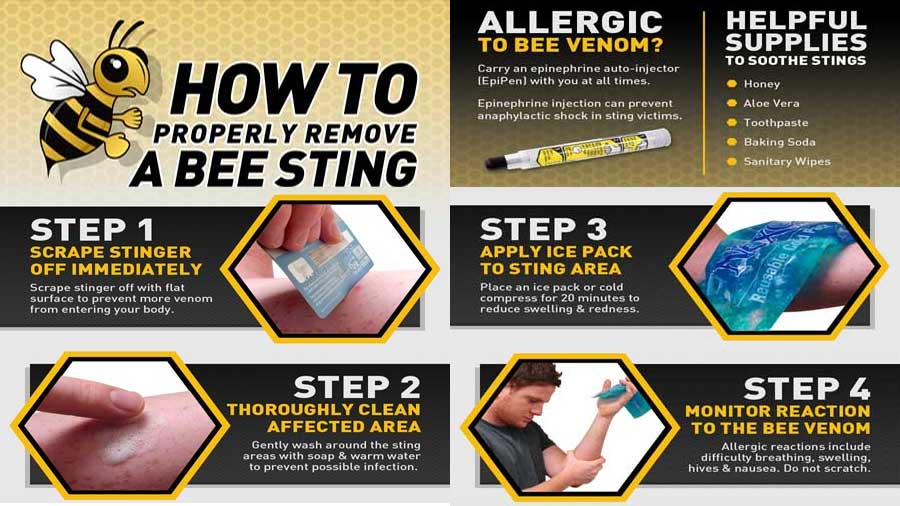 She emphasizes that this collection method does not harm the health of the bees.
She emphasizes that this collection method does not harm the health of the bees.
Ellie sends some of the purchased poison - which she says is "worth more than gold" due to the high cost of the humane method of collection - to Eva Sapi, assistant professor of biology and environmental studies at the University of New Haven, who studies Lyme disease.
Sapi's work on the effects of bee venom on Lyme bacteria is ongoing and the results have not yet been published, although she says the findings from a preliminary study by one of her students are "very encouraging." Bacteria Borellia can change shape in the body, which is why they are so hard to destroy. Sapi found that traditional antibiotics don't actually kill bacteria, but simply cause them to mutate into a more latent form. As soon as the patient stops taking antibiotics, the bacteria become active again. In his lab, Sapi is testing various bee venoms on every form the bacterium can take, and so far, research shows that melitin is effective in all cases.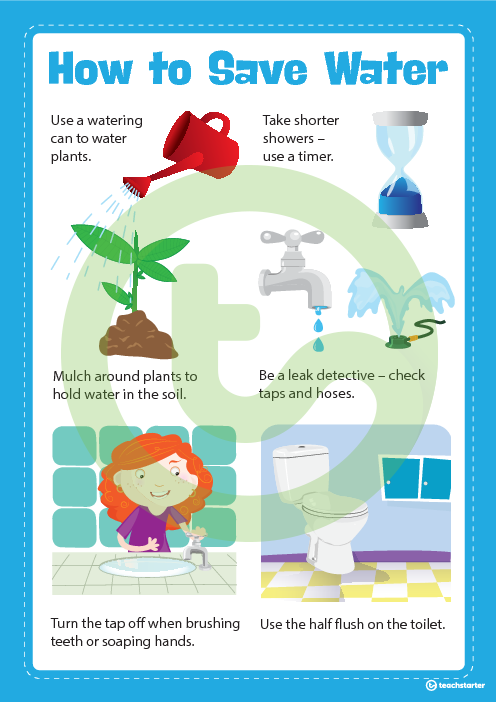
Next, it will be necessary to find out whether melitin has such an effect on bacteria, or whether bee venom contains other substances involved in this process. "In addition, we want to see with high-resolution images what exactly happens when bee venom comes into contact with Borellia " , says the researcher.
Image copyright, SPL
Image caption,Whether the bee venom killed disease bacteria or simply stimulated Ellie's immune system is still unknown
Sapi emphasizes that more data needs to be collected before a decision can be made on the clinical use of melitin. "Before we can start human studies, we need to do some animal testing," she says. "We're talking about poison, after all." In addition, it is still not known for certain why the bee venom helped Ellie, including due to the fact that the etiology of the symptoms that she experienced during the cure remains unclear. "Was the bee venom effective in her case because it killed Borellia , or because it stimulated her immune system?" Sapi asks. There is no answer to that question yet. "It's specifically on the victim's nervous system. "We don't have any effective drugs in this area yet," says Winkel. “Meanwhile, tiny living factories for the production of an infinite number of amazing substances live next to us…”
There is no answer to that question yet. "It's specifically on the victim's nervous system. "We don't have any effective drugs in this area yet," says Winkel. “Meanwhile, tiny living factories for the production of an infinite number of amazing substances live next to us…”
No one knows exactly how many poisonous species of animals live on Earth. But it is known about the existence of poisonous jellyfish, snails, insects and even primates. "When asked to suggest the most convincing argument for the need to preserve wildlife, I answer that trying to appeal to her beauty and virginity is the most losing option," says Dr Brian Fry from the University of Queensland. Instead, according to him, it is necessary to emphasize that wildlife has a gigantic - and not yet fully explored - potential that can be useful to humanity: "We are talking about a resource, about money. Therefore, protecting nature through its commercialization is the only reasonable approach." .
Ellie fully agrees with this idea.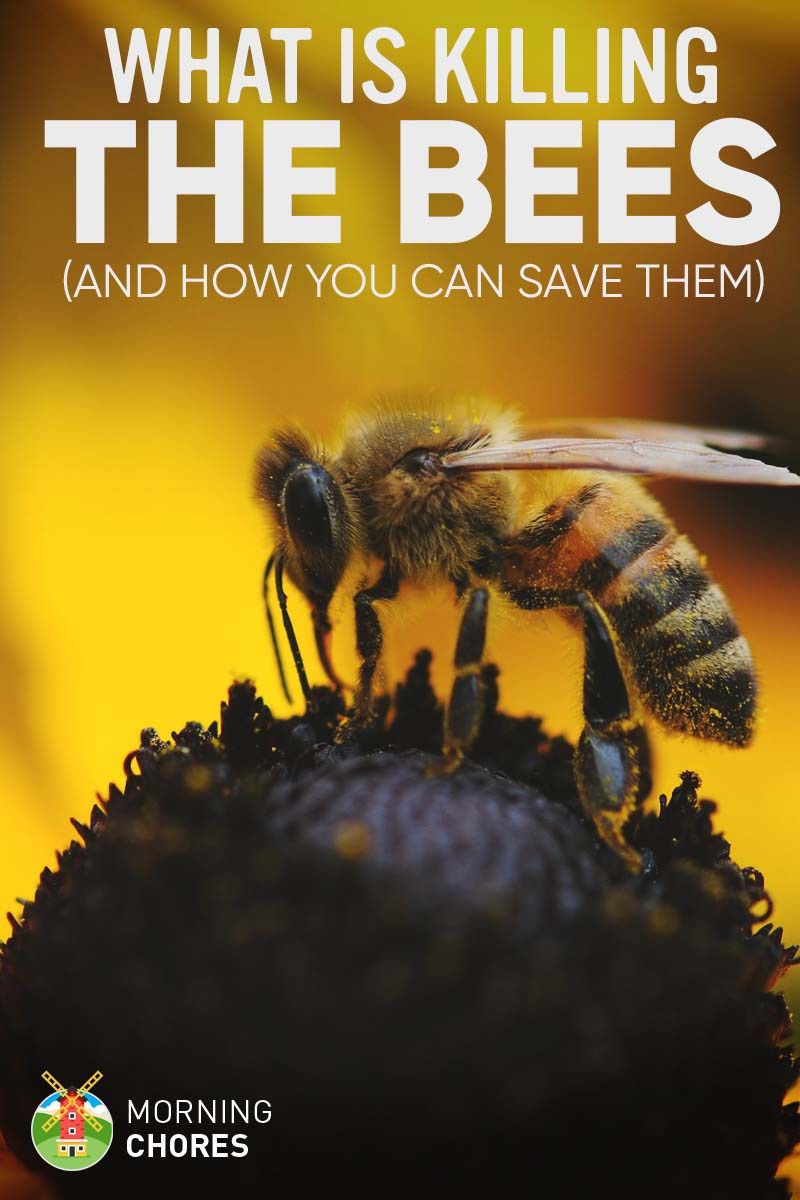 "We still have a lot of research to do on natural poisons," she says. "We need to see what else nature has to offer to help us."
"We still have a lot of research to do on natural poisons," she says. "We need to see what else nature has to offer to help us."
Read this article in English is available on the website BBC Future . It is an edited and abridged version of an article originally published on Mosaic .
On May 20, the whole world celebrates a holiday dedicated to tiny but very important creatures. In December 2017, the UN General Assembly adopted a resolution establishing World Bee Day. This was a victory for TENTORIUM® and for all beekeepers!
The Day of the Bees was preceded by several years of hard work. Back in 2008, Rail Khismatullin, President of the TENTORIUM® company, came up with such an initiative.
Bees are the hardest working insects in the world. In their diligence, they overtake even ants! How much benefit do they provide? The lives of animals and people depend on the daily work of these industrious pollinators. To produce one kilogram of honey, bees need to collect nectar from nearly 10 million flowers. Just imagine, over the summer one strong family is able to prepare it up to 150 kg.
To produce one kilogram of honey, bees need to collect nectar from nearly 10 million flowers. Just imagine, over the summer one strong family is able to prepare it up to 150 kg.
Striped workers play a huge role in preserving the ecosystem of our planet. They pollinate up to 80% of all plants in the world. Gardeners know that the harvest and quality of vegetables, fruits and berries directly depends on the work of honey bees. In general, 90 out of 100 food products appear on our table thanks to these workers. Scientists have calculated: bees "earn" more than 500 billion euros per year for the global economy.
The use of pesticides in agriculture, climate change and the reduction in the area of flowering plants are taking a huge toll on bees. Our task is to help them, create a comfortable environment for them and do everything for the development of their population.
Let's take a few simple actions right now that will allow the little workers to live and benefit in the modern world.
1. DO NOT USE HARMFUL PESTICIDES!
Pesticides are deadly enemies of bees. Chemicals enter bee colonies with nectar and pollen. The most harmful are neonicotinoids, which accumulate in the soil. They cultivate fields where flowering honey plants grow. Clinical signs of bee poisoning by various pesticides appear almost the same. Bees become vicious, inactive, often cannot find their way home and die as a result. The widespread use of such pesticides has led to a sharp decline in the population of striped insects in America and Europe.
Therefore, do not use harmful pesticides and agrochemicals in your garden. Opt for organic garden treatments. It is advisable to spray them at night, as the bees are the least active at this time of day.
If it is not possible to avoid working the fields, be sure to warn beekeepers in advance so that they can prepare: close the hive for a while or move them to a safe place.
2. CREATE NEW HABITS FOR THE BEE
The main threat to bees is the reduction of suitable habitats. Deforestation, the disappearance of wild plants leads to the fact that insects simply have nothing to eat. But we can help them in this situation.
Deforestation, the disappearance of wild plants leads to the fact that insects simply have nothing to eat. But we can help them in this situation.
If you think that bees need huge fields full of flowers, then this is far from the case! You can create green islands even in urban environments, for example, set up a flower bed near the house, on your balcony or terrace.
Participate in environmental campaigns in your city, plant trees: lindens, acacias, bird cherry. Bees collect nectar from them, use them as natural shelters and arrange their wax nests in them.
Plant honey plants in your garden. For example, next to fruit crops and vegetables that need pollination. The flower garden not only pleases the eye, but also provides the bees with nectar and pollen throughout the season. This will help tiny creatures, and increase the harvest.
It's a great idea to sow a Moorish lawn instead of a traditional grassy lawn - a lawn of many colorful honey plants: cornflowers, tulips, crocuses, daffodils, marigolds, etc. Flowers will decorate the site all summer and invite buzzing helpers to their aroma.
Flowers will decorate the site all summer and invite buzzing helpers to their aroma.
3. DON'T FORGET TO DRINK INSECTS
Like all living things, bees need not only to eat, but also to drink. Water the flowers regularly so that insects can quench their thirst. This is especially important in dry weather.
Warm, clean water should always be available. At the same time, it is important that the bee does not fall into the pond and drown. To prevent this from happening, make "baths" for insects: take a shallow container and fill it with water. Put pebbles on the bottom so that the bees can sit on them. Refresh water regularly.
4. BUILD HOTELS FOR BEES AND OTHER POLLINATORS
To help insects, people came up with the idea of building hotels for them. The house for bees and bumblebees is easy to place on your own in a small garden or even attach to the wall of your house. Beauty is not important to bees, they just need more holes and protection from the rain.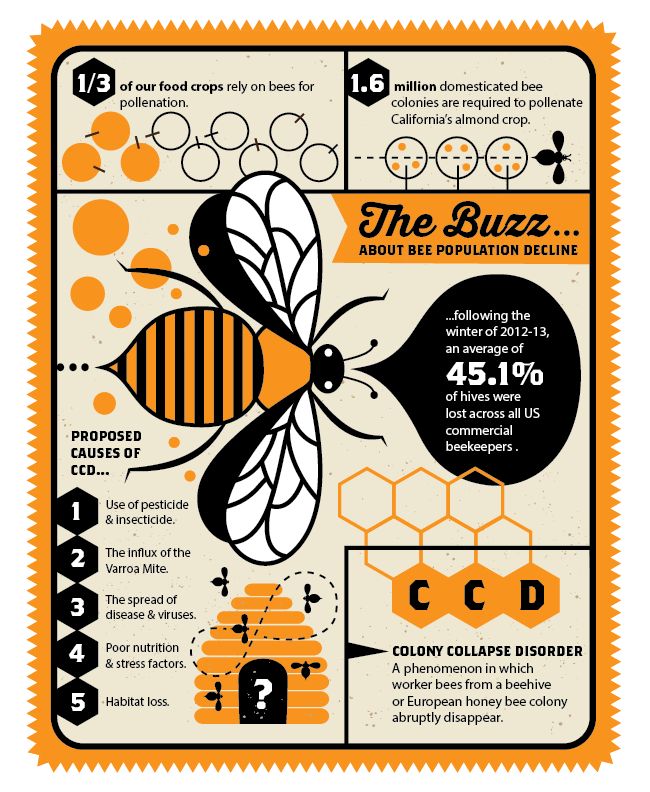 Remember, only natural materials and wood can be used. You also need to make sure that the holes inside are smooth. Insects are very sensitive and can be easily hurt.
Remember, only natural materials and wood can be used. You also need to make sure that the holes inside are smooth. Insects are very sensitive and can be easily hurt.
The more bees settle in such a structure, the more plants and trees will be pollinated in the garden or kitchen garden. And the more fruits and vegetables will appear on your table!
5. SPEAK UP TO SAVE THE BEES!
Many people don't even know what can happen if bees disappear. But then all mankind will perish! Therefore, it is important to convey to people information about the importance of flying creatures.
Participate in environmental campaigns and competitions. Buy bee products as much as possible, tell your friends and acquaintances about their benefits, talk as often as possible about the need to preserve nature: do not use chemicals in agriculture, take care of all kinds of living beings. And, of course, the bees. After all, the Earth is our common home!
TENTORIUM® understands that bees need care. Therefore, the Company is doing everything to retain these irreplaceable assistants.
Therefore, the Company is doing everything to retain these irreplaceable assistants.
In 2009, at the suggestion of the President of the Company, Rail Khismatullin, the World Bee Protection Fund was established. The mission of the foundation is to inform people about the role of pollinators in the life of the entire planet. Now his work is continued by the Planet of Bees Charitable Foundation for the Revival and Preservation of Beekeeping Traditions. Many of the Fund's Volunteers are TENTORIUM® Distributors who hold children's holidays, environmental contests, and speak about the need to support beekeeping.
The construction of the BEE PROTECTION WALL, organized by the Company, united the whole world. It was held in 74 cities of Russia and abroad.
The Company pays great attention to the development of beekeeping, support for research and development in the industry. A big event was the scientific conference on the topic "Protection of honey bees and other pollinating insects and measures for the development of beekeeping in Russia", which was organized by the Company.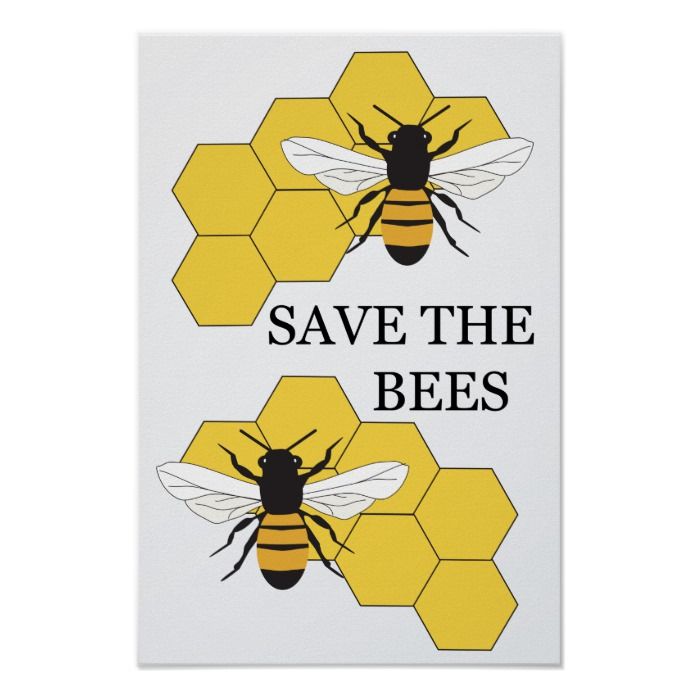
TENTORIUM® fights for the purity of the Central Russian breed of bees, supports Russian beekeepers. Thanks to the project “Agrofranchise. Development of beekeeping” over 300 apiaries were created throughout the country, hundreds of beekeepers received a stable sales channel for products - Tentorium® annually buys tens of tons of honey, bee bread, propolis, wax, pollen and many other bee products. By purchasing Tentorium® products, you are helping to save the most important creatures on the planet!
Two years ago, a monument to Her Majesty the Bee was opened on the territory of the Tentorium clinic-resort, and the construction of the Honey Meridian began. To the contest "Save the bee - save the planet!" More than 13 thousand creative works have already been sent. And the number is increasing every day!
The Company is also actively fighting against the use of pesticides in agriculture and calls for a campaign to protect forests and fields from hogweed and save insects.